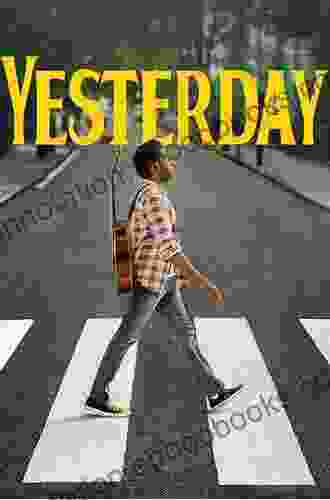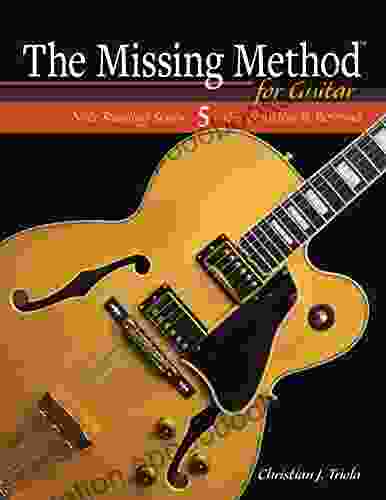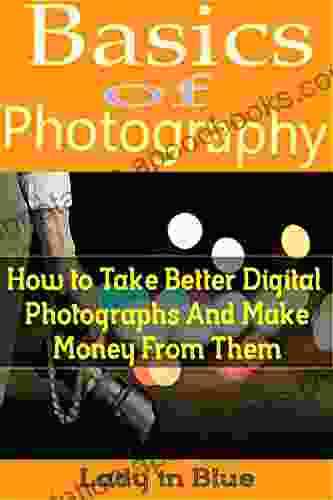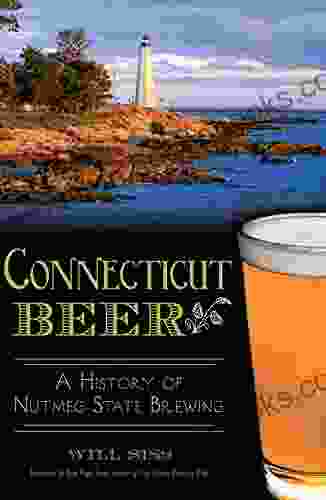The Art of Musical Expression: A Comprehensive Guide to Making Music for Silent Cinema

The advent of sound films in the late 1920s marked a significant shift in the cinematic landscape, but the art of silent film music remains a captivating and enduring legacy. From the earliest days of cinema, music has played an integral role in enhancing the emotional impact and narrative progression of silent films, creating a unique and evocative cinematic experience.
In this article, we delve into the captivating world of silent film music, exploring its historical context, musical techniques, and the practical considerations involved in creating scores for these iconic films. We draw upon insights from renowned composers and experts to provide a comprehensive guide to this specialized art form, empowering musicians and filmmakers to create compelling musical accompaniments that breathe life into silent cinema.
5 out of 5
| Language | : | English |
| File size | : | 1013 KB |
| Text-to-Speech | : | Enabled |
| Screen Reader | : | Supported |
| Enhanced typesetting | : | Enabled |
| Word Wise | : | Enabled |
| Print length | : | 238 pages |
| Paperback | : | 64 pages |
| Item Weight | : | 7.8 ounces |
| Dimensions | : | 8.5 x 0.16 x 11 inches |
Historical Context
The origins of silent film music can be traced back to the late 19th century, when live musicians accompanied screenings using a variety of instruments, including pianos, organs, and small ensembles. These early performances often consisted of improvisations tailored to the mood and action of each film.
As the film industry grew and standardized, the demand for more structured and tailored musical accompaniments increased. Composers began to develop specific scores for individual films, drawing inspiration from classical music, popular songs, and folk melodies. The rise of orchestras in movie theaters provided a wider range of musical possibilities, enhancing the emotional depth and cinematic impact of silent films.
Notable composers such as Charlie Chaplin, Max Steiner, and Alfred Newman played a significant role in shaping the development of silent film music. Their scores combined melodic beauty with dramatic intensity, creating unforgettable soundtracks that continue to resonate with audiences today.
Musical Techniques
Scoring silent films presents unique musical challenges, as the music must effectively convey the emotions and narrative without overpowering the visual elements. Composers employ a range of techniques to achieve this delicate balance:
Leitmotifs: Recurring musical themes associated with specific characters, emotions, or situations create a cohesive musical narrative and enhance the emotional impact.
Melodic Contour: The shape and direction of musical melodies can evoke a wide range of emotions, from joy and excitement to sadness and suspense.
Harmonic Progression: The sequence of chords used in a score can create tension, release, and a sense of movement.
Rhythmic Patterns: The tempo and underlying rhythms of the music can reflect the pace and mood of the film.
Instrumentation: The choice of instruments used in a score can significantly influence its overall tone and atmosphere.
Practical Considerations
Creating a musical score for a silent film involves more than just musical talent. Practical considerations also play a crucial role in ensuring the success of the final product:
Synchronization: The music must be carefully synchronized with the film's action to enhance its narrative impact and avoid distracting the viewer.
Cues: Composers must identify key moments in the film that require musical cues, ensuring seamless transitions and effective emotional accompaniment.
Collaboration: Effective scoring requires close collaboration between the composer, director, and editor to ensure that the music complements the film's overall vision.
The art of making music for silent cinema is a unique and captivating blend of musical expression and cinematic storytelling. By understanding the historical context, musical techniques, and practical considerations involved, musicians and filmmakers can create compelling scores that breathe life into these iconic films and captivate audiences with their emotional depth and cinematic impact.
Whether you are an aspiring composer, a seasoned musician, or a film enthusiast, this guide provides a comprehensive foundation for exploring the fascinating world of silent film music. Embrace the challenge of creating a musical accompaniment that transports viewers to a bygone era, enhances the cinematic experience, and leaves an unforgettable mark on their hearts and minds.
5 out of 5
| Language | : | English |
| File size | : | 1013 KB |
| Text-to-Speech | : | Enabled |
| Screen Reader | : | Supported |
| Enhanced typesetting | : | Enabled |
| Word Wise | : | Enabled |
| Print length | : | 238 pages |
| Paperback | : | 64 pages |
| Item Weight | : | 7.8 ounces |
| Dimensions | : | 8.5 x 0.16 x 11 inches |
Do you want to contribute by writing guest posts on this blog?
Please contact us and send us a resume of previous articles that you have written.
 Book
Book Novel
Novel Page
Page Chapter
Chapter Text
Text Story
Story Genre
Genre Reader
Reader Library
Library Paperback
Paperback E-book
E-book Magazine
Magazine Newspaper
Newspaper Paragraph
Paragraph Sentence
Sentence Bookmark
Bookmark Shelf
Shelf Glossary
Glossary Bibliography
Bibliography Foreword
Foreword Preface
Preface Synopsis
Synopsis Annotation
Annotation Footnote
Footnote Manuscript
Manuscript Scroll
Scroll Codex
Codex Tome
Tome Bestseller
Bestseller Classics
Classics Library card
Library card Narrative
Narrative Biography
Biography Autobiography
Autobiography Memoir
Memoir Reference
Reference Encyclopedia
Encyclopedia Cindi R Maciolek
Cindi R Maciolek Paul Wells
Paul Wells Joey L Dowdy
Joey L Dowdy Mary Mccarthy
Mary Mccarthy Lekeia Lowery
Lekeia Lowery Cindy Gunderson
Cindy Gunderson Christopher Tuck
Christopher Tuck Julie Murphy
Julie Murphy Salena Zito
Salena Zito David Donachie
David Donachie John V C Nye
John V C Nye Claire Jamieson
Claire Jamieson Chrissie Grace
Chrissie Grace Clare Clark
Clare Clark John Turner
John Turner Claire Wilder
Claire Wilder Richard Alan Schwartz
Richard Alan Schwartz John Alexander Williams
John Alexander Williams Harley Wylde
Harley Wylde Christopher J Bailey
Christopher J Bailey
Light bulbAdvertise smarter! Our strategic ad space ensures maximum exposure. Reserve your spot today!
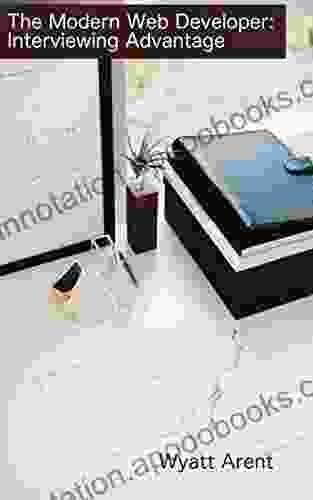
 John UpdikeThe Modern Web Developer Interviewing Advantage: Unlocking Success in Today's...
John UpdikeThe Modern Web Developer Interviewing Advantage: Unlocking Success in Today's...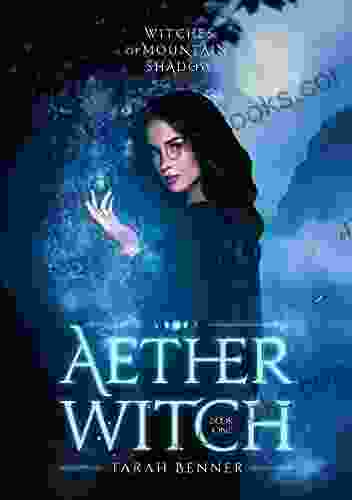
 Edward BellAether Witch: Witches of Mountain Shadow - Unveil the Enchanting Power of the...
Edward BellAether Witch: Witches of Mountain Shadow - Unveil the Enchanting Power of the... Henry GreenFollow ·9k
Henry GreenFollow ·9k Darren NelsonFollow ·6.7k
Darren NelsonFollow ·6.7k Ian PowellFollow ·5.4k
Ian PowellFollow ·5.4k Grayson BellFollow ·14.7k
Grayson BellFollow ·14.7k Yukio MishimaFollow ·6.6k
Yukio MishimaFollow ·6.6k Clarence MitchellFollow ·2.4k
Clarence MitchellFollow ·2.4k Glenn HayesFollow ·7.3k
Glenn HayesFollow ·7.3k Gabriel MistralFollow ·9.1k
Gabriel MistralFollow ·9.1k

 Kevin Turner
Kevin TurnerDive into the Enchanting World of "Crazy Like Fox": A...
Prepare yourself for a literary adventure...
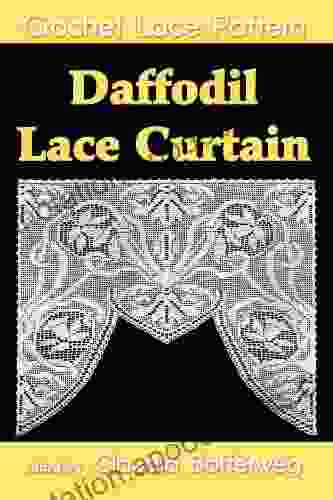
 Ralph Waldo Emerson
Ralph Waldo EmersonUnlock the Elegance of Daffodil Lace: An Immersive Guide...
: A Tapestry of Delicate...
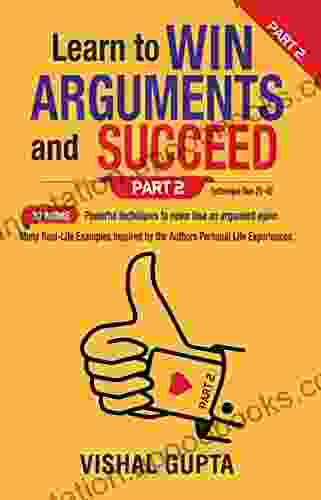
 Gerald Parker
Gerald ParkerNever Lose An Argument Again: 20 Powerful Techniques From...
Are you tired of losing...
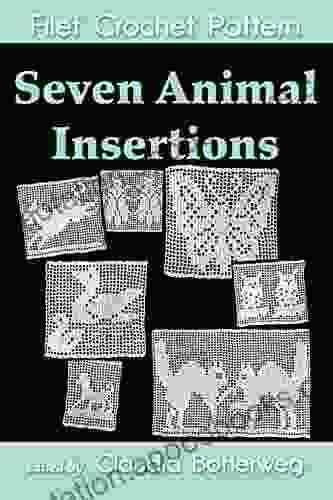
 Xavier Bell
Xavier BellSeven Animal Insertions Filet Crochet Pattern: Embark on...
Welcome to the captivating...

 Eugene Powell
Eugene PowellMagomago in TDS Magomago 12: An Unforgettable Adventure...
Step into the Enchanting World of...

 Marvin Hayes
Marvin HayesSoft Felting Needle Holder Excellence In Reborn Artistry
Unveiling the Secrets of the...
5 out of 5
| Language | : | English |
| File size | : | 1013 KB |
| Text-to-Speech | : | Enabled |
| Screen Reader | : | Supported |
| Enhanced typesetting | : | Enabled |
| Word Wise | : | Enabled |
| Print length | : | 238 pages |
| Paperback | : | 64 pages |
| Item Weight | : | 7.8 ounces |
| Dimensions | : | 8.5 x 0.16 x 11 inches |


